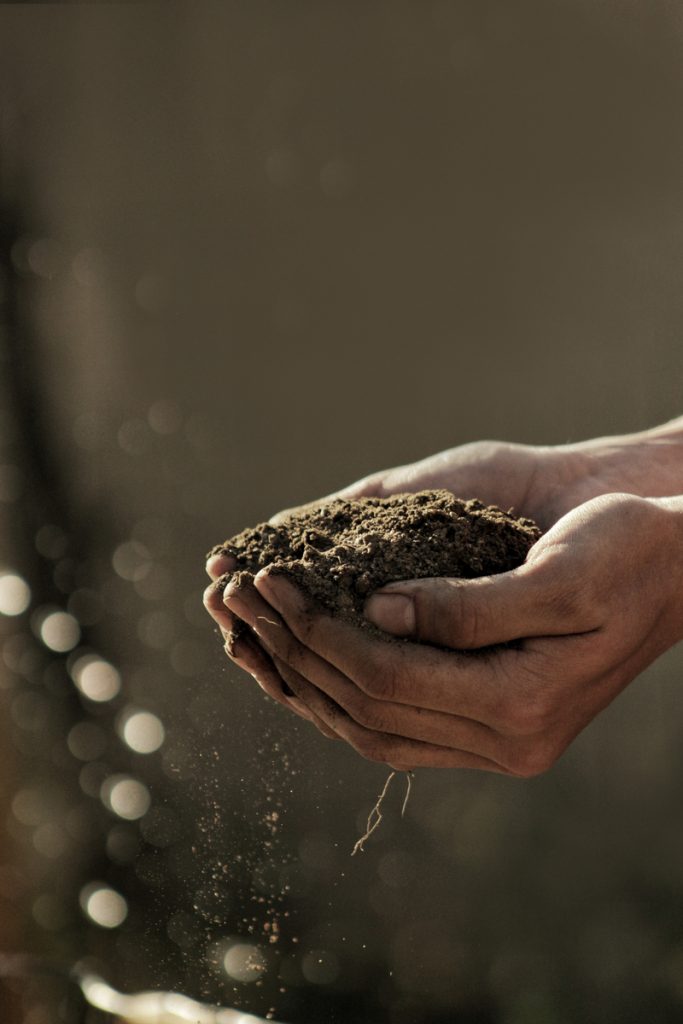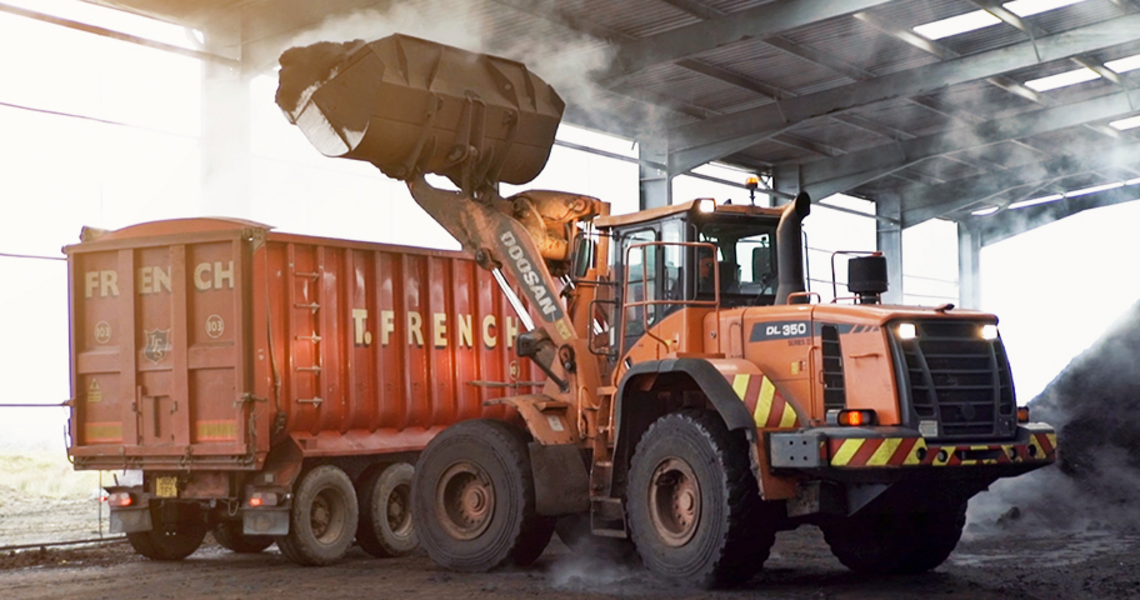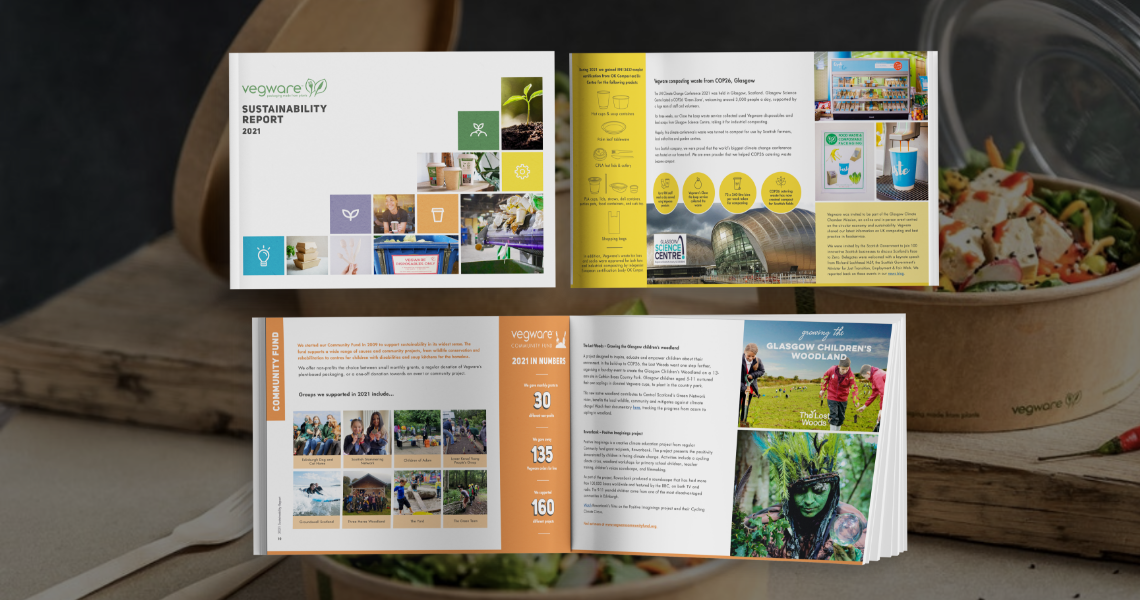Five amazing tips for home composting
It’s International Compost Awareness Week! To celebrate, have a guest blogger – our very own Cora Moran from Vegware’s Client Services team. Here, Cora shares five amazing tips for home composting.
Our compostable bin liners and sacks are certified home compostable – so can be part of your waste reduction at home. So here’s the low-down on methods you can use…
Are you into ornamental plants? Fancy growing some tasty edibles? You’ll know the goal for any gardener is to keep plants healthy. The key lies in the soil. Namely, ensuring your plants have a supply of rich compost to keep them in good condition. However, compost can be expensive to buy.
Home composting can be a great way to turn waste kitchen scraps and garden waste into a valuable resource. Compost helps sequester soil carbon and serves as a soil conditioner – hello healthy plants. Not having to buy compost can save you money. What’s not to love?
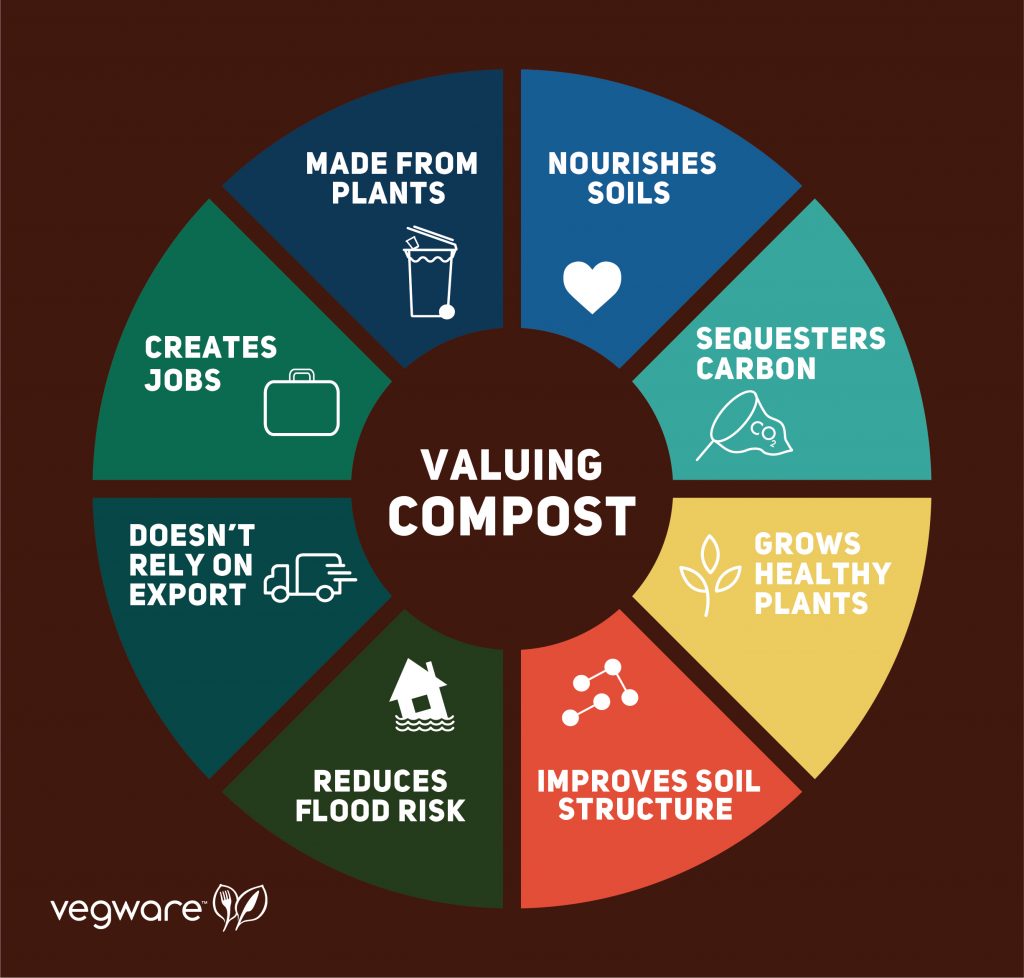
Different methods of composting
Home composting can be done at almost any scale, no matter how humble the plot. Types of home composting include:
- vermicomposting (hello worm friends)
- hot composting (steamy!)
- bokashi (this can even be done indoors!)
- cold composting (easy – just read on)
Whilst all these methods can be highly effective, the most straightforward, user-friendly method that works on a small scale is ‘cold composting’. This is a method that can be set up in most spaces, from a balcony to a large garden.
Cold composting relies on microorganisms to break kitchen and garden waste down in aerobic conditions (in the presence of oxygen). Though this takes longer than ‘hot composting’, breaking down plant material in anaerobic conditions (in the absence of oxygen) has the great advantage of being much lower maintenance. This is because there is no need to maintain a constant temperature or regularly turn the heap for the microorganisms to carry on doing their good work for you.
So, without further ado, here are my tips for home composting that anyone can follow at home. Your plants will love you for it.
1) Get started
First of all, cold composting can be as simple as a heap of organic material with a waterproof sheet over the top such as a tarpaulin to stop it getting waterlogged. Alternatively, you can make or purchase a compost bin.
A homemade compost bin could be as simple as four pallets lashed together to make a square. For the amount of waste generated by a typical household, you can buy small compost bins easily and affordably from a range of garden centers and outdoor shops. They are a great set-up for minimizing odors and preventing animals from accessing your compost pile.
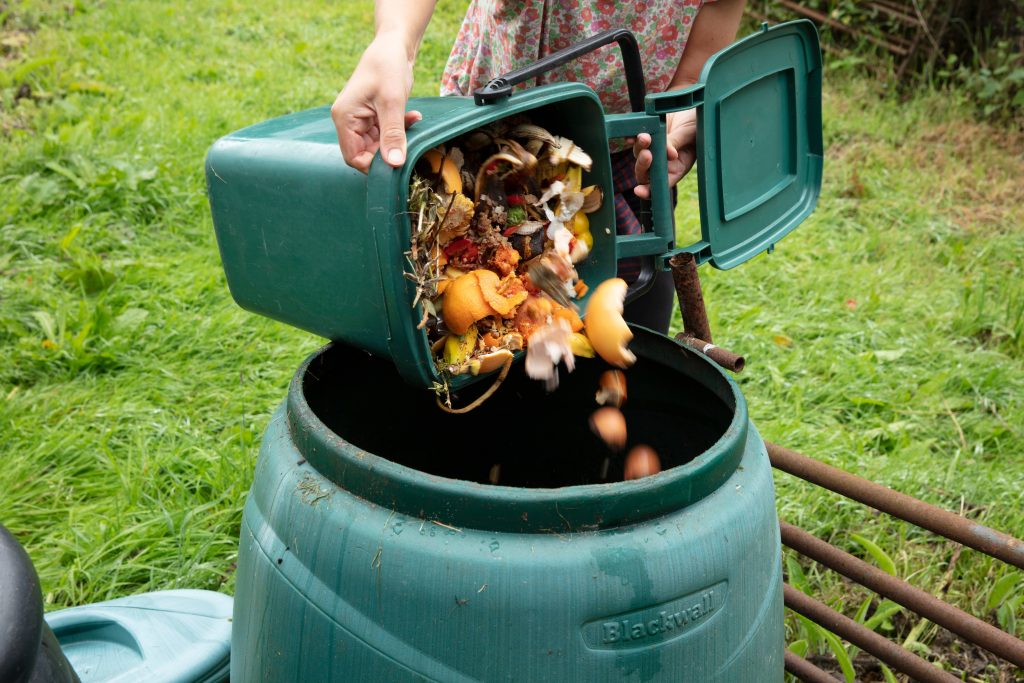
2) What to put in your compost
Next is understanding what goes into your compost. The types of items that you can add to your compost are typically divided into ‘browns’ and ‘greens’.
Brown items – for carbon – include:
- Shredded paper
- Cardboard
- Twigs
- Straw
Green items – for nitrogen – include:
- Grass trimmings
- Vegetable peelings
- Coffee grounds
- Eggshells

Some things to avoid…
- Animal products, such as meat, fish or dairy.
- Fats and oils (plant or animal-based).
- Though technically manure, don’t add the waste from cats or dogs as it often contains dangerous pathogens. However, if you have a herbivorous pet such as a rabbit or a guinea pig, their droppings can be added without issue.
- Avoid adding diseased plants, weeds, or, plants that have been sprayed with pesticides or herbicides. These can negatively impact your compost pile. It’s important to avoid spreading toxins that could harm your plants.
3) Compost using the ‘Lasagne method’
When first starting your compost heap, firstly put a layer of twigs at the bottom. This will provide aeration and help prevent conditions from becoming anaerobic. We recommend the ‘lasagne method’ of adding materials to the heap. This is where you put alternate layers of browns and greens in your compost bin in approximately equal quantities. Doing this helps to ensure a good nutrient balance in the compost and maintains good conditions for healthy, aerobic respiration.
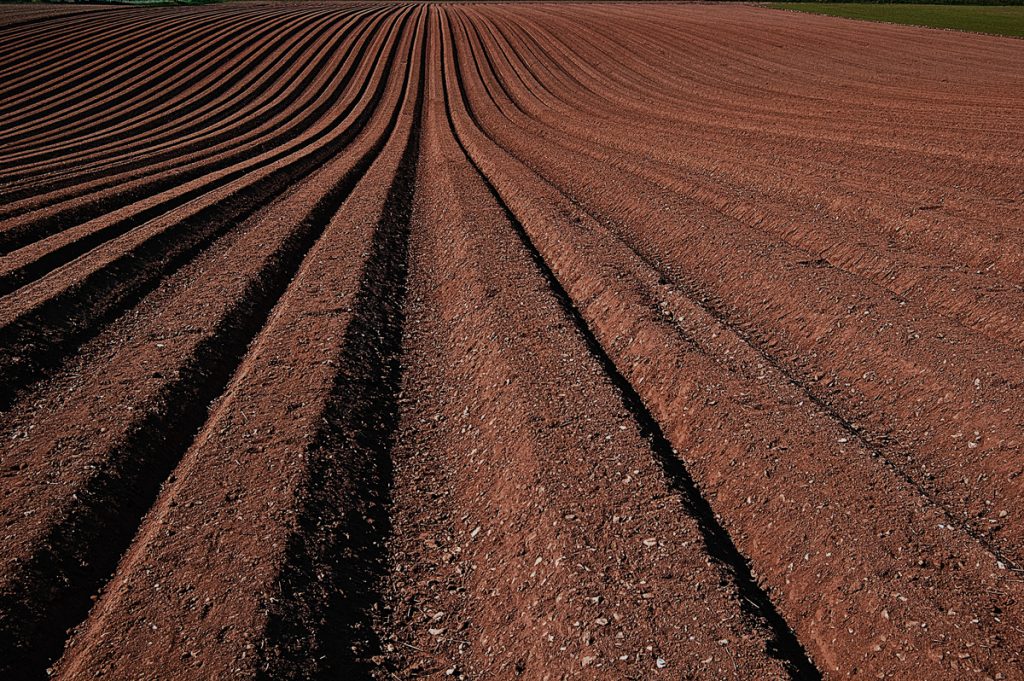
4) How to manage your compost pile
Occasionally stirring the heap with a garden fork or stick will help with aeration. This helps to keep any yucky odors to a minimum. What’s more, keeping a lid on the compost bin stops excess moisture from waterlogging the compost. You need only add water sparingly if it is looking particularly dry.
5) Timing things to perfection
You can add material continuously to the compost pile, ideally adding a layer of greens or browns, when e.g. you have mown the lawn, or have a few days’ of vegetable peelings to add.
Congratulations – after 6-12 months you will have your first compost! This will be at the base of the bin and should have a brown, crumbly texture, and an earthy aroma.
Get busy, digging it into your soil or laying around the base of your plants as a nutritious mulch. Your plants will love it, and you will love your even healthier garden.
By Cora Moran
Catch up with the latest Vegware news here.
Want to compost your Vegware? Our Environmental team can consult on how your foodservice operations can go zero waste. Let us help your business meet its sustainability goals. Get in touch!
